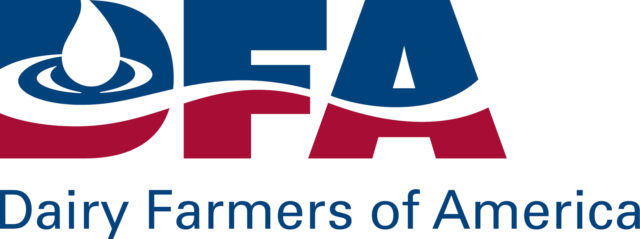Think of farms and images of tractors and combines come to mind. But what about laptops, smart phones and tablets? The number of farmers with Internet access on a variety of digital gadgets has dramatically increased, changing the way farms do business.
Farmers say they're increasingly using the Net to speed up their work flow, improve their farming techniques, market their crops, connect with customers and retailers and fulfill a variety of regulatory requirements.
Within the past decade, the number of farms with an Internet connection has increased by nearly 20 percentage points, according to a report issued by the U.S. Department of Agriculture earlier this month.
More than half of America's farms now have access to the Internet, with farmers in the West having the highest access.
"The Internet is such an integral part of doing business in agriculture," said Dan Errotabere, who farms 3,500 acres in Riverdale, 25 miles south of Fresno. "If the power goes off, everything on the farm seems to stop. Everything is so electronic now."
Farmers still lag behind the general population – nearly 80 percent of Americans surf the Web at home – but the fact that Internet-enabled devices have become less expensive and more portable has fueled the increase.
Big farms like Errotabere's have the most access, the USDA report shows. More than 70 percent of farms with sales of $250,000 or more use the Internet for farm business.
For Errotabere, the Internet is key in communicating with and delivering documents to government officials, manufacturers, packers and retailers. His staff files reports online, catches up with pest control advisers via e-mail and receives text messages about the weather.
Errotabere emails brokers and trades agricultural commodity futures on the Web, and he downloads delivery information on an hourly basis for his crops.
"The Internet is quicker, portable and more reliable than mail," said Errotabere, who uses a laptop and smart phone and just got an iPad. "You get a pulse for whatever is happening in real-time. It has revolutionized the ag business."
About 41 percent of smaller farms also are online, according to the USDA.
At the 40-acre Smith Family Farm in Fresno, a community-supported agriculture program that sells directly to customers, owner Mike Smith posts photos of his farm on Facebook, updates the farm website weekly with available crops and runs a blog. Customers e-mail their orders.
Smith said he turned to the Web when he switched from doing wholesale to running a CSA and selling directly to customers at farmers' markets.
"The Internet means survival to a lot of the small farmers," he said. "When you have a CSA and don't have a website, nobody's going to know about you."
Despite the enormous benefits to using the new technology, barriers remain for many farmers, said Richard Molinar, a small farm adviser at the University of California Cooperative Extension in Fresno.
Older farmers and immigrant farmers tend not to use the Internet or digital devices. And while the cost of computers, phones and Internet connections has fallen, for small farmers the expense can be prohibitive.
Some farmers still struggle with dial-up connections and inadequate cell service. Web pages take too long to load, and phone calls get dropped.
Rural America lags behind urban areas when it comes to fast-speed Internet, according to a report released in February by the U.S. Department of Commerce. In rural areas, 60 percent of households use broadband Internet, 10 percentage points less than urban households.
Internet access also varies by region. Farmers in the West have the highest Internet access, over 70 percent, according to the USDA, followed by farmers in the Northeast. Farmers in the South have the lowest access.
But the main barrier to farmers' Internet use? Well, farming.
"Sometimes you work late, you work hard, so do you really want to go on the computer when you get home? No, not really," Mike Smith said. PD
—AP newswire report




